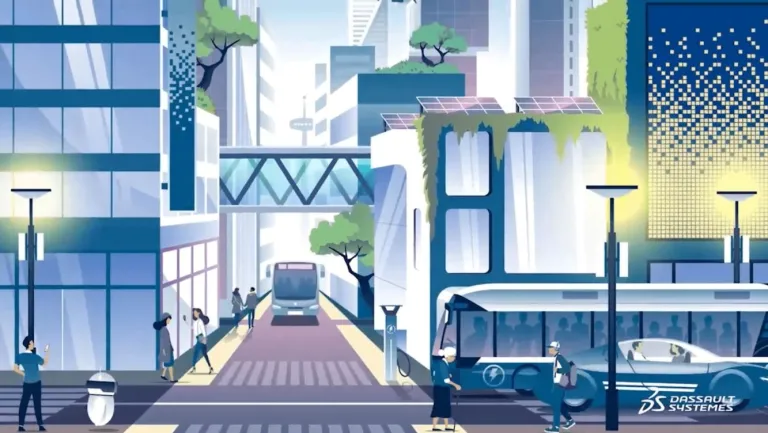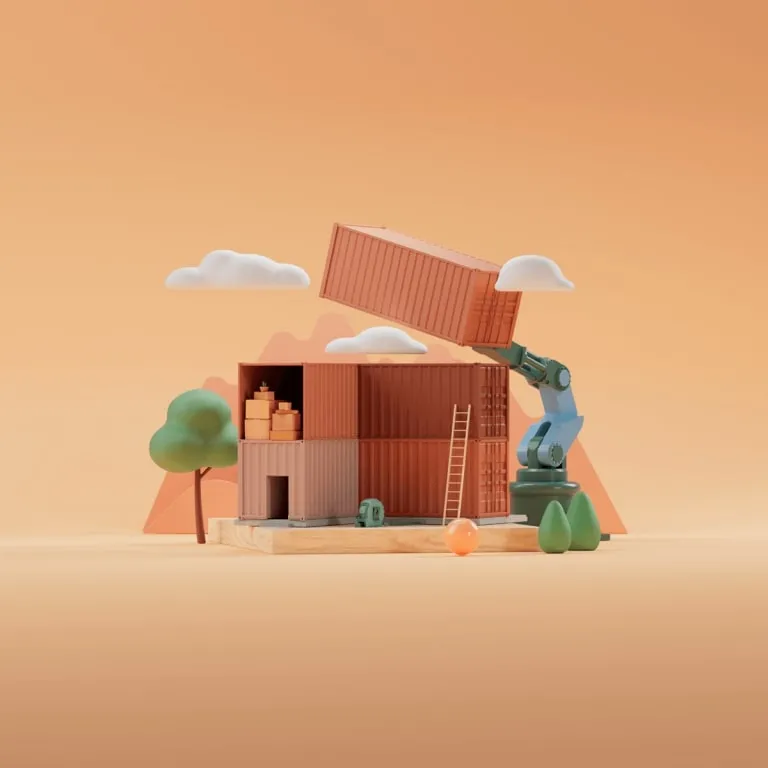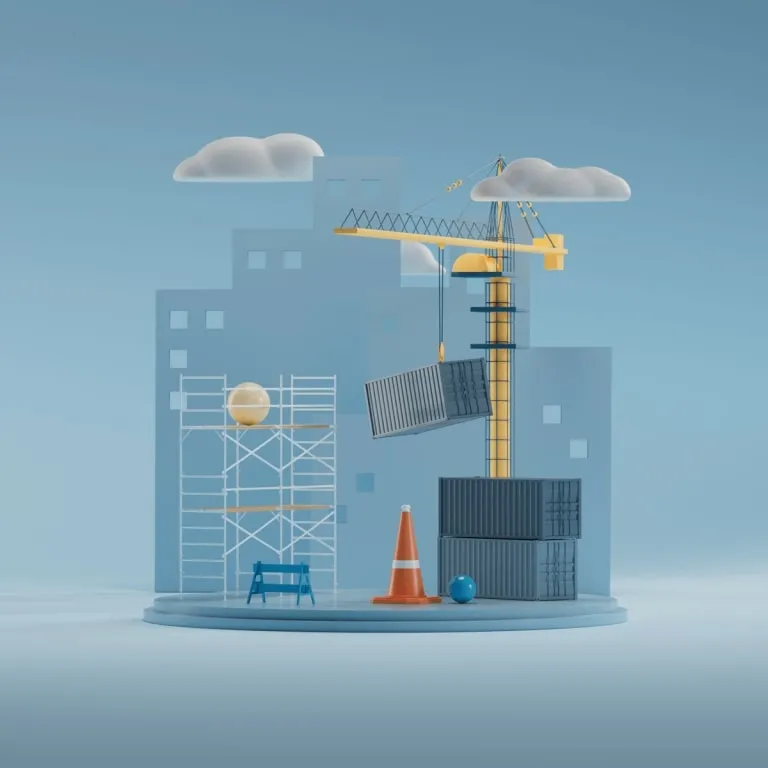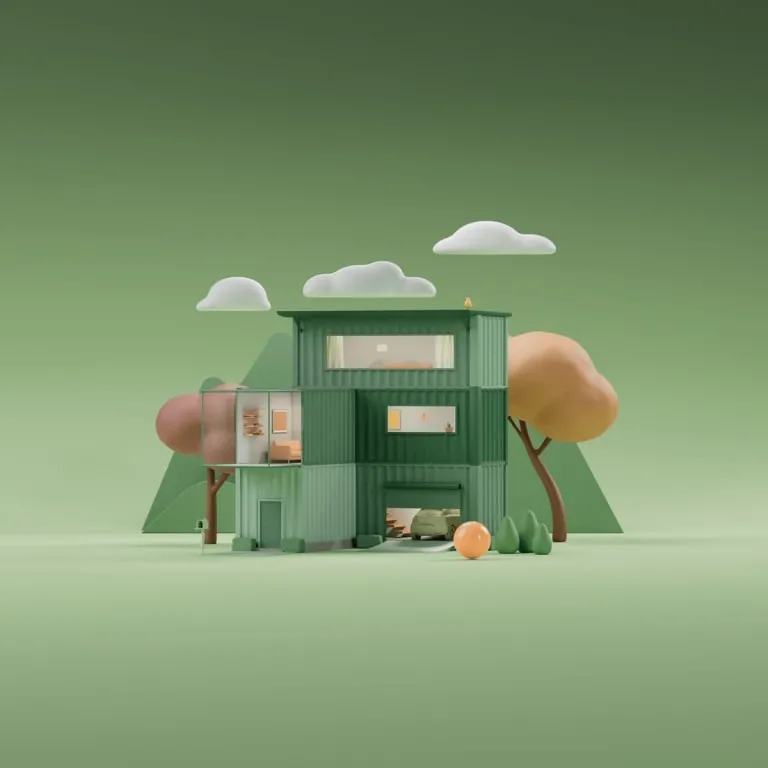Virtual Twin Experiences in Infrastructure & Cities
Sustainability boosting urban transformation
What is a infrastructure & cities sector digital twin technology?
A digital twin is a data-driven computer model that creates a virtual representation of something that is, or will be, in the physical world. Ideas can be developed and tested to see their impacts prior to production of a physical product, and then once they’re in the real world they can be improved by feeding back data into the twin for a cycle of continuous improvement. All of this drives sustainable innovation by eliminating the need for physical prototypes that require natural resources.
In the infrastructure and cities section, digital twins can be of buildings, energy systems or even entire cities. This helps private and public organizations improve the quality of life for citizens in both their personal living spaces as well as the planet at large.
What additional benefits does a virtual twin bring to the infrastructure & cities sector more than a digital twin?
While digital twins bring tremendous value to the infrastructure & cities sector, there is an even-more evolved technology: the virtual twin.
A digital twin is a mathematical representation of a real-world object or system. A virtual twin goes further by encapsulating an entire system of systems, including the environment in which the physical object exists. In infrastructure & cities, this can mean, for example, having a virtual twin of a building from the construction phase to operations to ongoing improvement.
As sustainability regulations multiply and urban populations continue to grow, cities face complex challenges that require precise planning and development to optimize the quality of life of inhabitants. At the same time, cities and their infrastructures are becoming smarter by leveraging data from sensors.
Innovative ideas on how to sustainably grow cities and to protect and revolutionize our planet – from individual buildings to sources for water and energy to our entire ecosystem – are accelerated by virtual twins. Having a holistic view of all processes, products, services and usages along with the ability to digitally test new products, facilities and production and operation methods holds tremendous potential to improve the world we live in.
Virtual twins can benefit the Infrastructure & Cities sector through:
- Transforming the construction industry for innovation and collaboration between the field, project teams and the construction supply chain
- Smarter urban development, that considers input from citizens and companies
- Developing more long-lasting, agile and resilient buildings
- Reducing waste and defects
- Mitigating elements that contribute to climate change
How does a virtual twin improve Infrastructure & Cities?
As ecosystems and projects are growing in complexity and scale, a virtual twin can:
Shape more citizen-centric cities
Analyze data from individuals and censors to understand how people are living, working and operating in each unique area
Sustainably develop innovative new facilitates
Optimize infrastructure with less construction waste throughout the lifecycle of a building: from construction to use through end of life
Support the circular economy
Build cities that put sustainability and resilience at its core of all activities that take place within, including mobility solutions
How can we best construct the housing of the future?
How virtual twins address the UN Nations Sustainable Development Goals for infrastructure & smart cities
The United Nations Sustainable Development Goals are worldwide guidelines to achieve a better and more sustainable future for all. Virtual Twin Experiences in the infrastructure & cities sector, powered by Dassault Systèmes, can generate economic growth and tackle climate change through Goal 6, Goal 7, Goal 9, Goal 11 and Goal 15. These goals drive long-term regulations to create greater access to water and sanitations, affordable and clean energy, innovative infrastructure that is resilient and inclusive and protect, restore and promote sustainable use of terrestrial ecosystems, while reversing land degradation and halting biodiversity loss.

What is an example of a digital twin cities?
Dassault Systèmes is capable of intervening at multiple levels to improve the city of tomorrow.
The projects Renne Metropole, Modeliscale, Virtual Hong Kong, and AURORA are successful illustrations of a city that is better suited to the challenges of the current world.





